Gaming as a Media Platform
According to the ‘State of Mobile Gaming 2021 Report’, in 2022, the gaming industry is bigger than the music and movie industry combined and set to exceed 200 billion dollars in revenue by 2023. During the pandemic mobile gaming grew by 20%, but that jump has not yet translated to an increase in in-game media spend. So why is this?
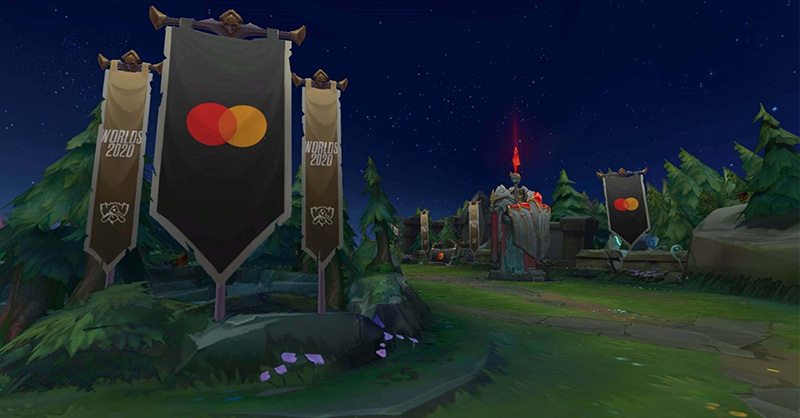
No such thing as a typical gamer
One of the reasons brands may be hesitant to use gaming as a media platform is that they have a perceived idea of a typical gamer, a young male who spends hours on end gaming alone in his room. Today, we can no longer stereotype gamers. 81% of Generation Z, 77% millennials, 60% of gen X and 42% of baby boomers are all playing video games on smartphones, gaming consoles and computers weekly if not daily. In 2021 The UKIE estimates that half of the UK’s 37 million gamers are female. The pandemic also meant that there was an increased popularity in gaming. A recent report revealed that 62% of UK adults and 92% of 16-24-year-olds played games in 2020. And it is predicted that this uptake is not likely to slow down with 70% of people in the UK and U.S. who started gaming because of the pandemic continuing to do so.
What is in game advertising?
In-game advertising are adverts in computer and video games. Ads are integrated within consoles, mobile games and computers in the form of sponsorships, pop-up messages, cut-scenes, on-screen adverts, billboards, and partnerships. One that has hit the news recently was the unlikely partnership between John Lewis and ITV on an ‘I’m a Celebrity’ experience as part of the popular video game, Fortnite.
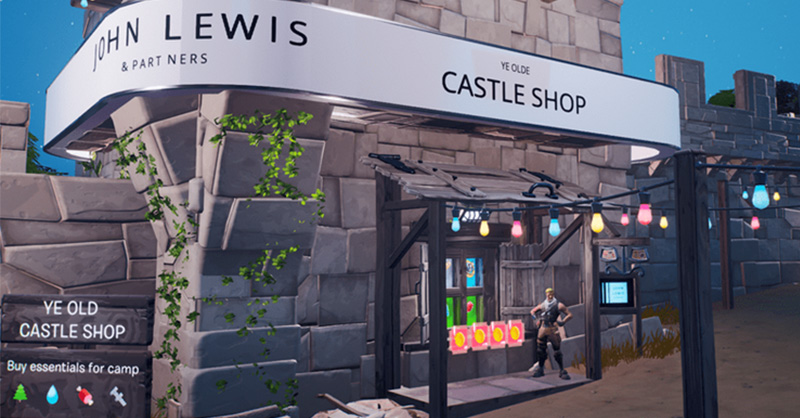
Dynamic in Game Advertising
For those unfamiliar, dynamic ads are banners that automatically change to adapt content and promotions specifically to each user. With new technology we can now dynamically insert ads into games in a similar way to display and video ads. The ad appears inside the game environment, on virtual objects such as billboards, posters, bus stops and panels at sporting events. They are integrated in such a way that they are impossible to ignore or skip. A very desirable quality for marketers who are trying to gain the attention of a hard-to-reach audience.
It is out-of-home advertising, but in-game that is bought digitally and can be targeted on a one-to-one basis. The advertisements generate high-quality impressions and do not feel out of place or disruptive.
An advantage of dynamic in game advertising is it affordability. It uses the Cost Per Thousand Model and the CPT for in game advertising ranges from $4 – $12, a similar price to programmatic.
Football Manager 2019 Case Study
“Running a Football Manager ad is cheaper than running an in-stadium ad in the real world, but you can still get the same brand uplift.” James Draper, Bidstack founder.
Penguin Random House were building their marketing activity around the release of comedian Romesh Rangananthan’s new book, ‘Straight Outta Crawley’ in the lead up to Christmas 2019. Their aim was to reach a new, male focused demographic and they wanted to explore native in-game advertising as part of their media strategy.
Bidstack chose ‘Football Manager’ as the game to deliver this campaign because it served the demographic and audience that Penguin were looking to target. Bidstack created custom-built creatives and targeted these towards males across ‘Football Manager’ during the launch of the new game.
The campaign created a lot of noise in the publishing world and won the ‘Guerilla Marketing Campaign of the Year’ at the 2019 Book Marketing Society Awards. The judges of the category commented on the use of “clever and efficient advertising hoardings in an online football game” as a contributing factor to their award. The innovative and targeted approach was an industry first for book marketing. The book went on to become a ‘Sunday Times Bestseller’ and exceeded sales expectations.
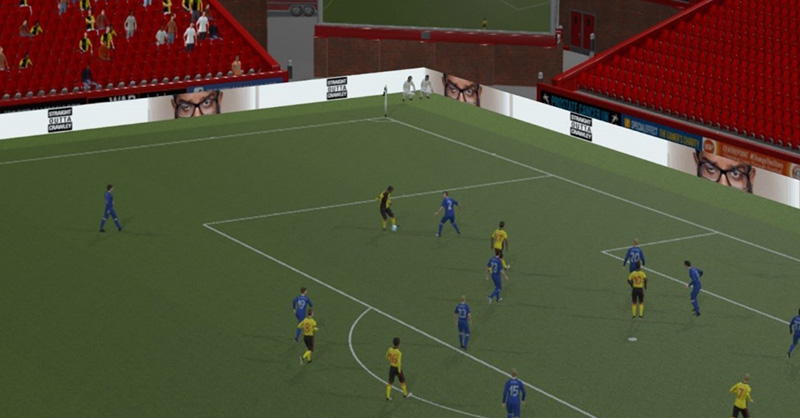
In 2021 Universal Pictures ran an awareness campaign with Bloxbiz to promote the release of their new movie ‘Spirit Untamed’. Bloxbiz advertised the film to players aged 13 and under in the US. Ads were dynamically served and looked like billboards, posters, and signs that fit natively into the virtual worlds of Roblox games. Two creatives were used, one to emphasize the release date. Then, after the release, the creative was swapped out for one that emphasized the film was now available to watch in theaters.
The ‘Spirit Untamed’ campaign reached more than four hundred and twenty thousand people in under 3 weeks and people had more than 9,700 hours of exposure time. Those who saw the ads were 27% more likely to watch the film and 33% more likely to recommend the film to a friend.
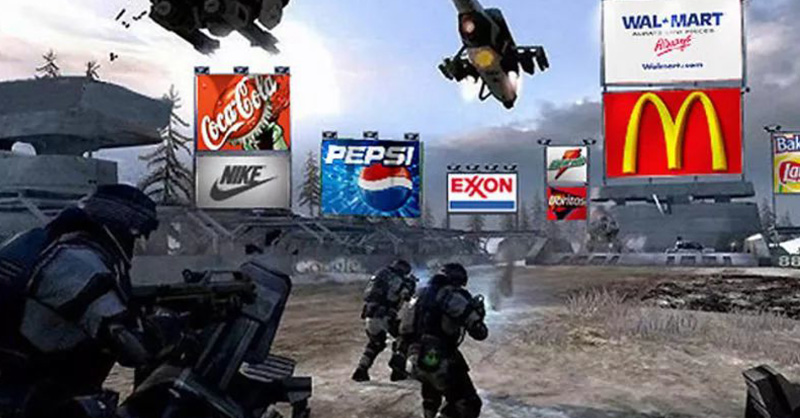
Adverty’s research found that in-game ads offered a 31% more positive user experience compared to web display advertising. And A YouGov study from ‘The Drum’ found a fifth of people had bought a product they saw in a gaming ad.
This is the start of a new chapter of game-related advertising, as the industry continues to grow and as more high-quality inventory becomes available programmatically, with all the targeting capabilities that it offers. Could in-game advertising one day rival the likes of Facebook and Instagram? Ad developers believe that with the advances in programmatic technology, targeted ads delivered natively to gamers could bring about a new era of advertising. Gaming is the perfect way for brands to immerse themselves and take their first steps towards the metaverse.
As we step into 2022, we’re excited about the rise of in-game advertising and the amazing new world of opportunities that it will offer our existing and future Clients. If you’re keen to learn more about in-game advertising and like the idea of seeing your brand outside the real world, then get in touch for a chat. Game on!



